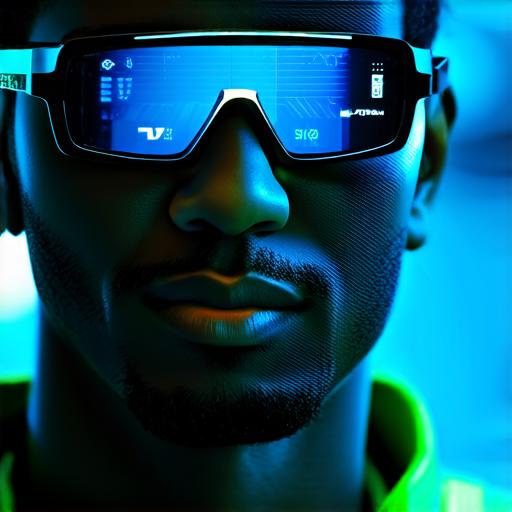
Augmented reality (AR) refers to the integration of virtual objects or digital information into the real world. AR technology enhances our perception of the physical world by adding virtual elements on top of it, making it appear as if they are part of the real environment.
The mechanisms behind AR operation involve several key components:
-
AR technology relies on the ability to capture images of the real world using a camera. This camera captures a 3D image of the environment and sends it to the AR system.
-
Once the AR system receives the 3D image, it uses computer vision algorithms to identify objects in the environment. This allows the system to track the position and orientation of these objects in real time.
-
The AR system then generates a virtual object that matches the size, shape, and appearance of the recognized object in the real world. This virtual object is superimposed on top of the captured image, creating the illusion of it being part of the physical world.
-
Once the virtual object is superimposed on the captured image, the user can interact with it using various input methods such as touch gestures or voice commands. The AR system then adjusts the position and orientation of the virtual object in real time to respond to these inputs.
AR technology has many applications across a variety of industries, including gaming, education, healthcare, and marketing. By allowing users to interact with virtual objects in the real world, AR can provide a more immersive and engaging experience that can help users learn, explore, and create in new ways.
